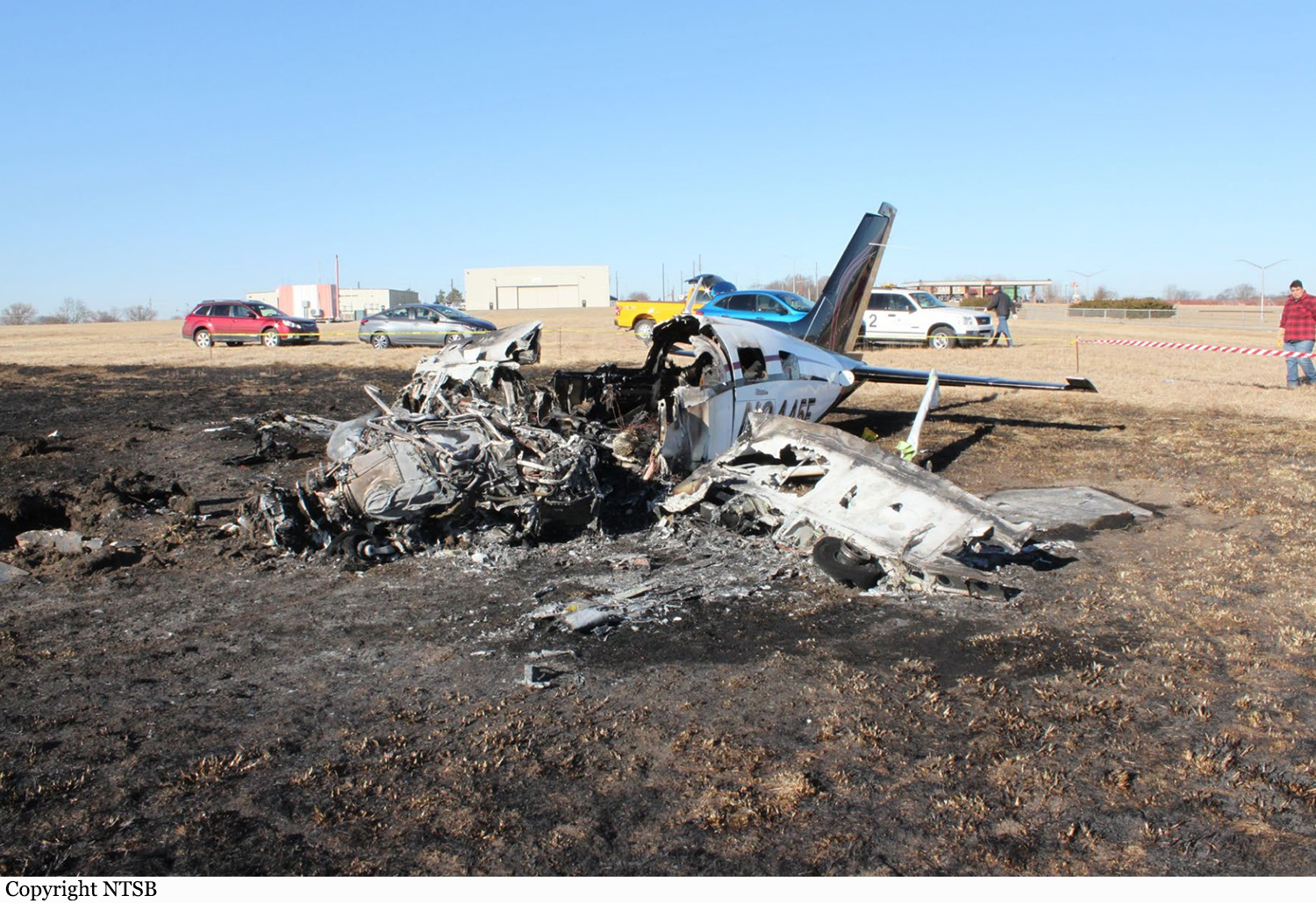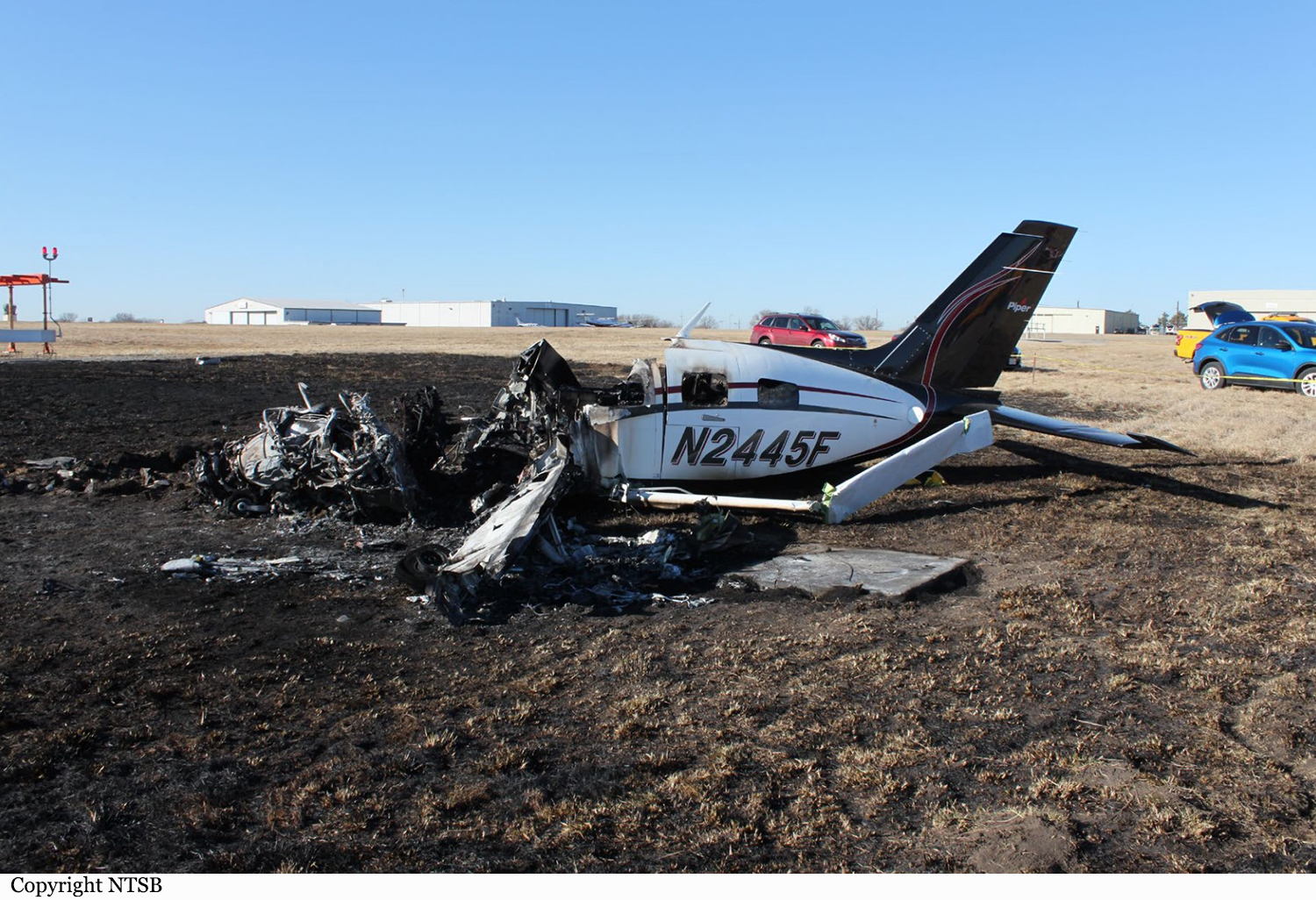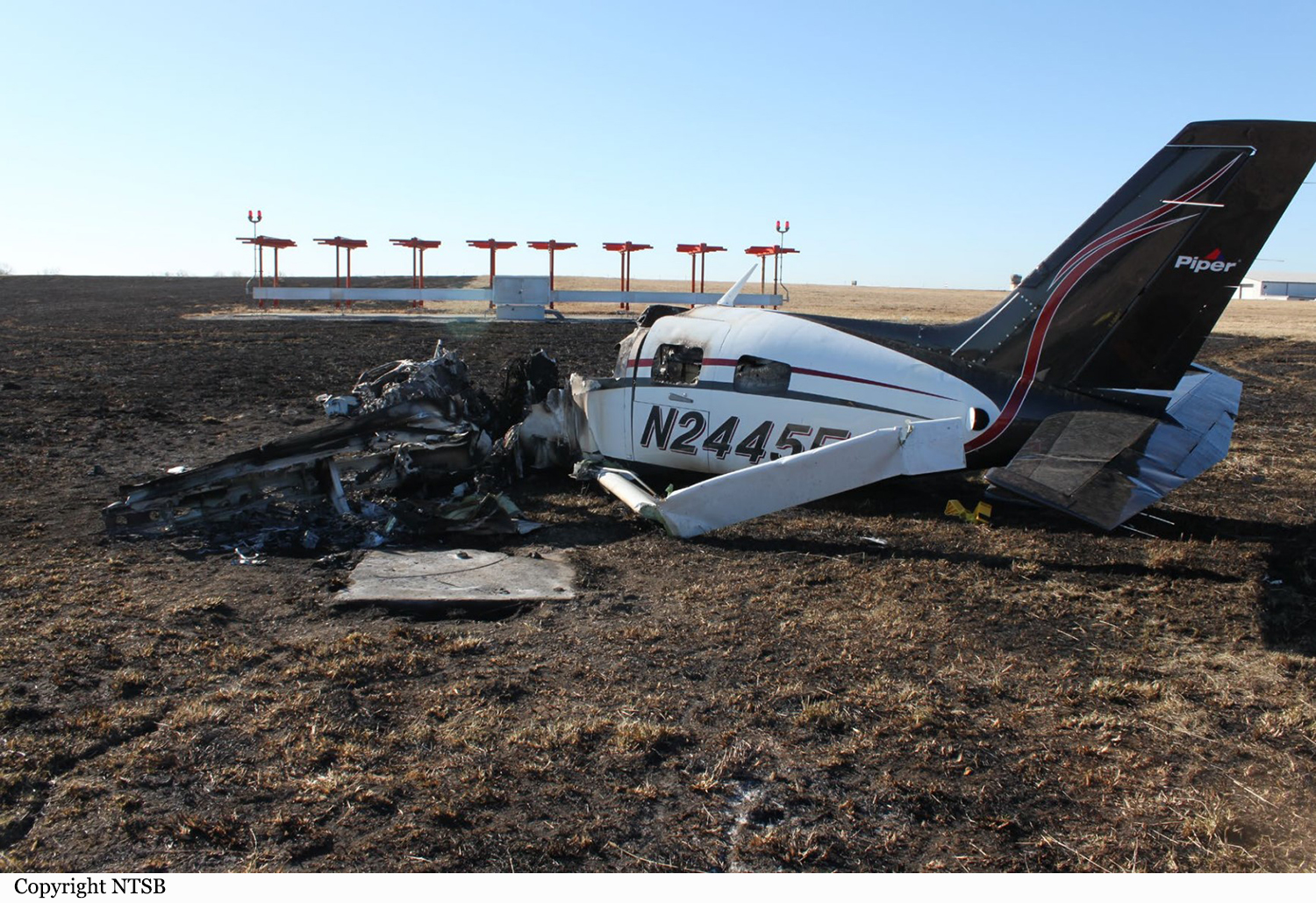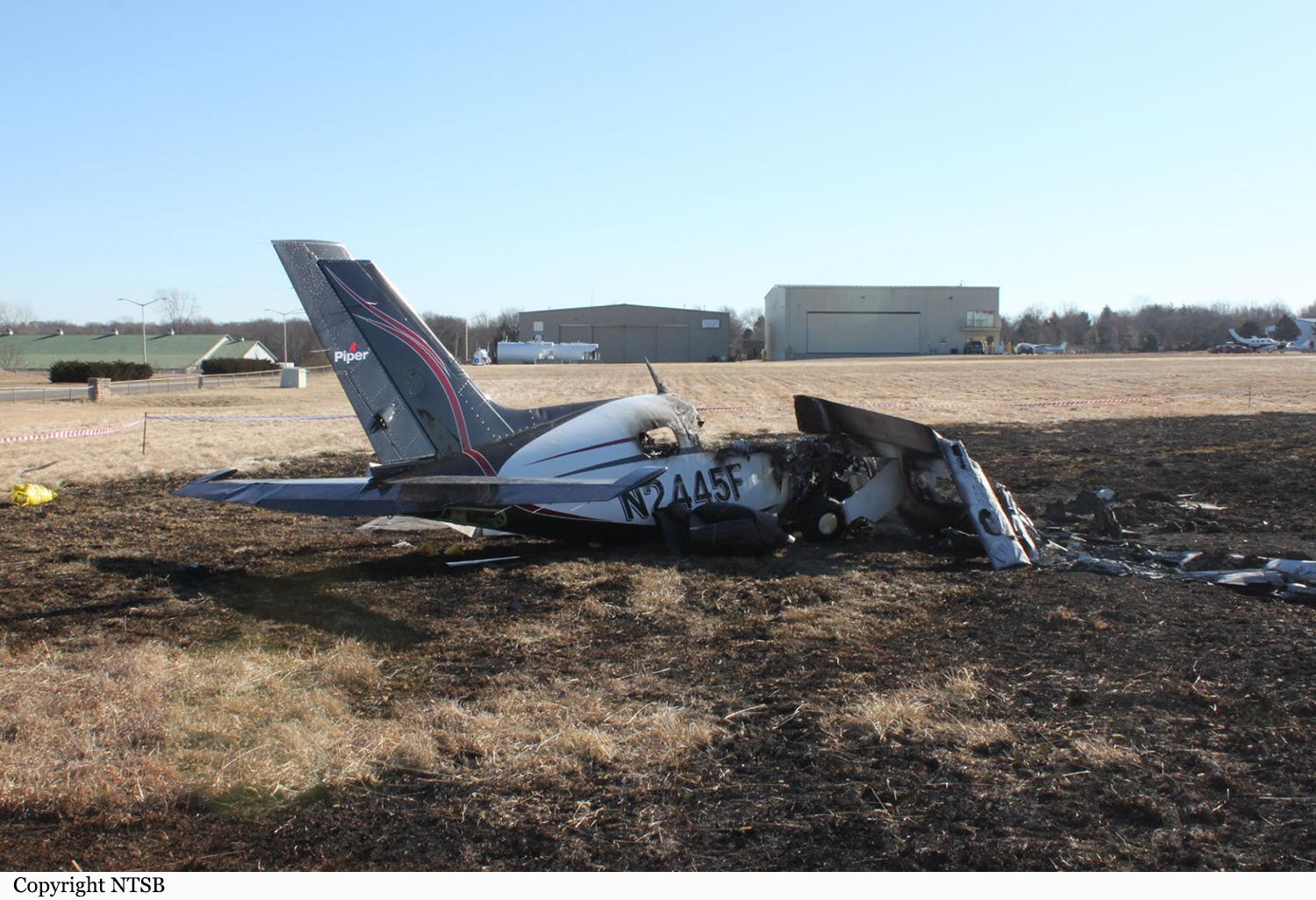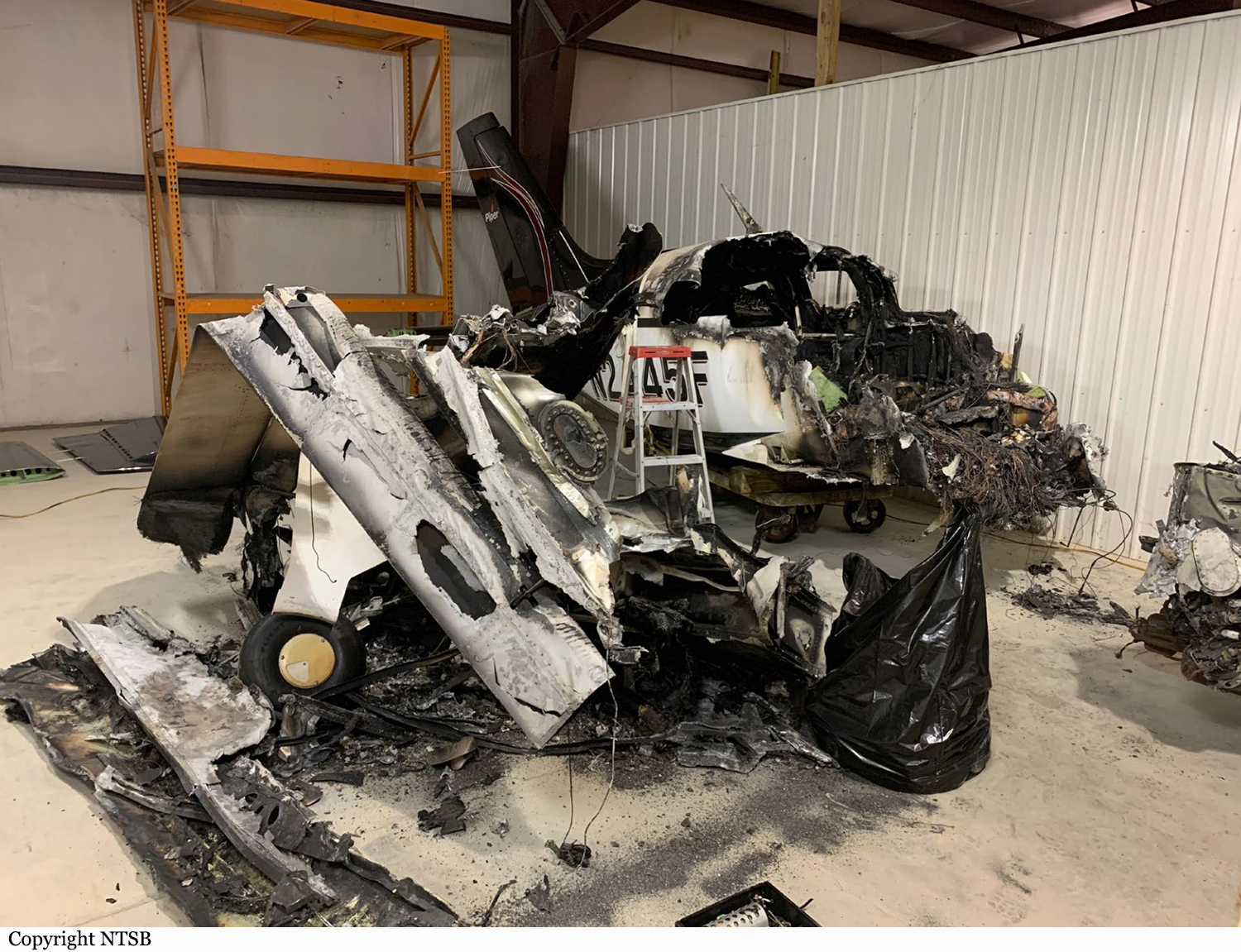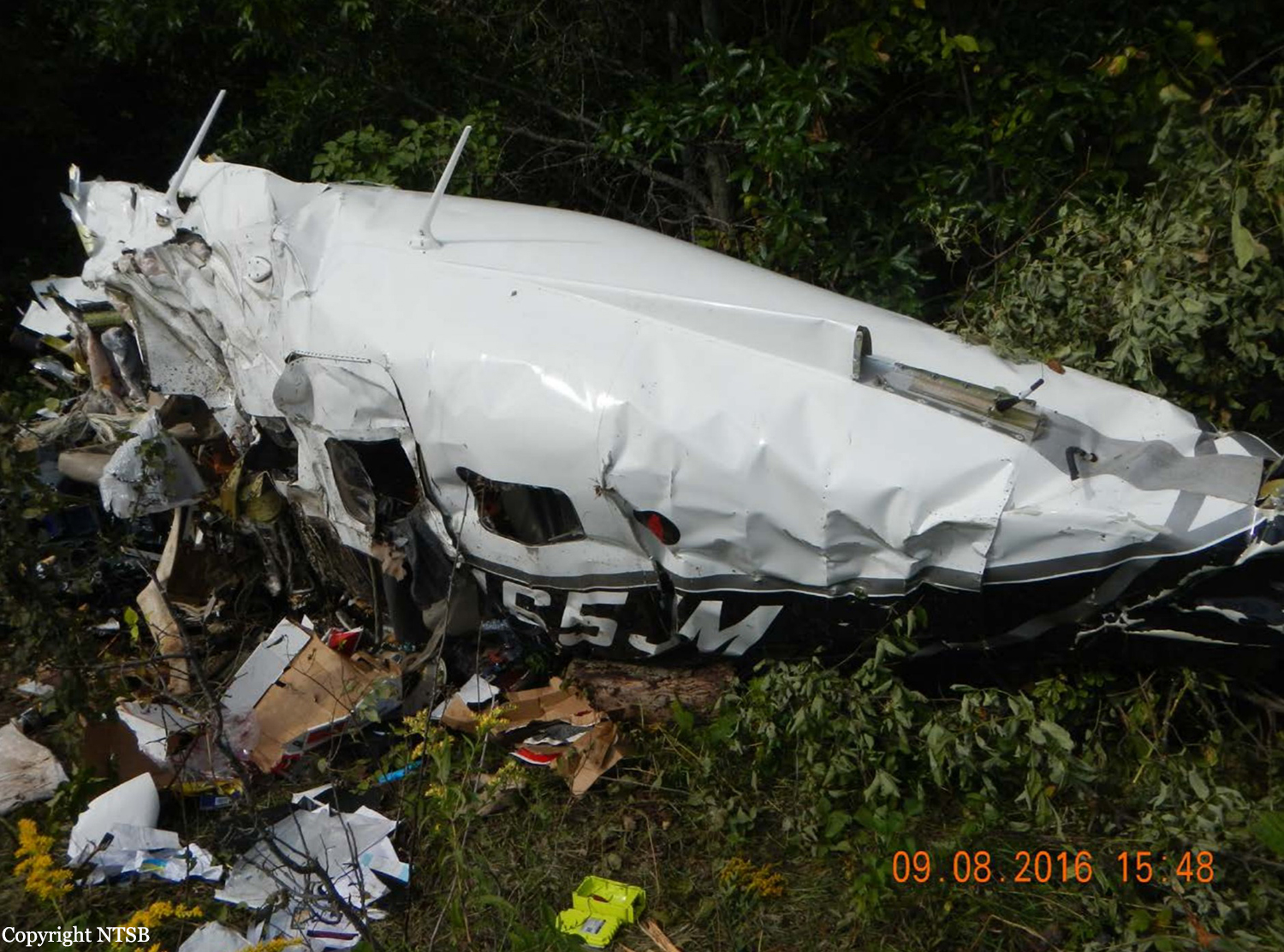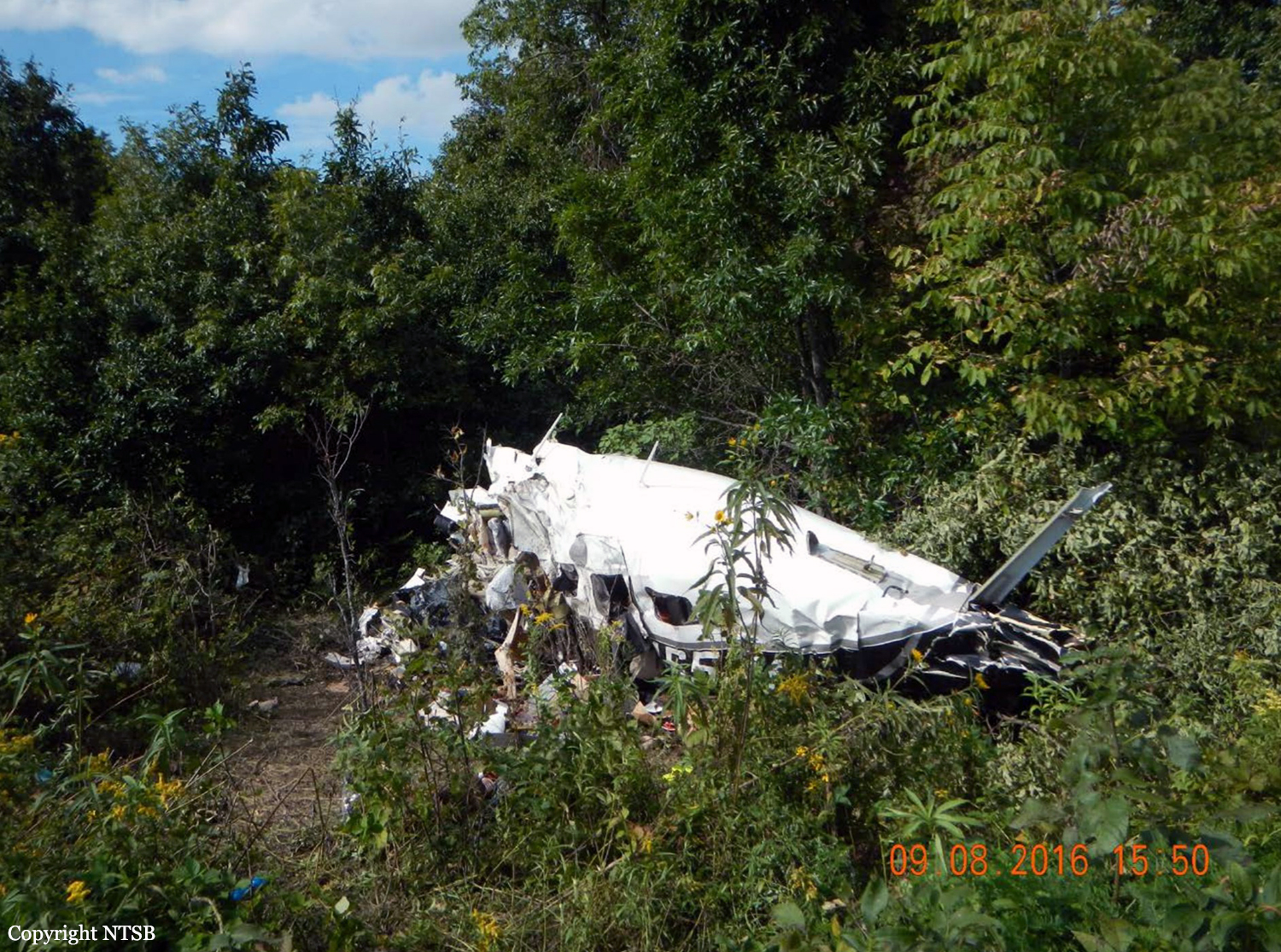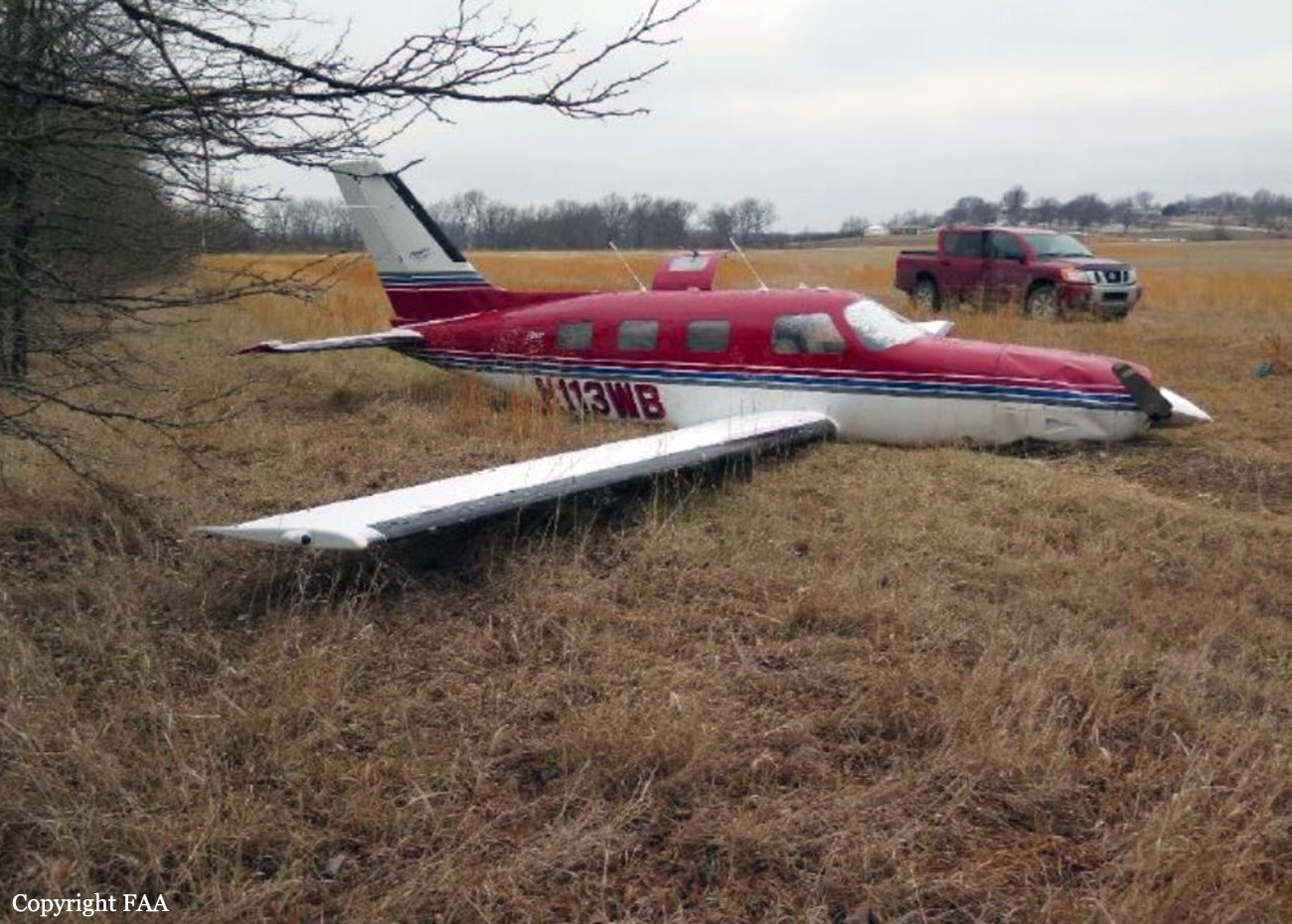Crash of a Piper PA-46-500TP Malibu Meridian in Olathe: 1 killed
Date & Time:
Feb 13, 2022 at 1020 LT
Registration:
N2445F
Survivors:
No
Schedule:
Olathe - Albuquerque
MSN:
46-97480
YOM:
2012
Crew on board:
1
Crew fatalities:
Pax on board:
0
Pax fatalities:
Other fatalities:
Total fatalities:
1
Aircraft flight hours:
2170
Circumstances:
The airplane had recently undergone an annual inspection, and the pilot planned to fly the airplane back to his home base. After receiving clearance from air traffic control, the pilot proceeded to take off. The airplane accelerated and reached a peak groundspeed of 81 kts about 2,075 ft down the 4,097-ft runway. Once airborne, the airplane drifted slightly to the right and the pilot radioed an urgent need to return to the airport. The controller cleared the airplane to land and no further transmissions were received from the accident airplane. The airplane’s flight path showed that it slowed before turning back toward the left and the airplane’s speed continued to decrease throughout the remainder of the data. The final data point recorded the airplane at a groundspeed of 45 kts. The groundspeed would equate to 60 kts airspeed when considering the 15-kt headwind. The stall speed chart for the airplane listed the minimum stall speed for any configuration as 64 kts. Postaccident examinations of the airframe and engine revealed no evidence of mechanical malfunctions or failures that would have precluded normal operation. External and internal engine damage indicated that the engine was producing power at the time of impact, but the amount of power output could not be determined. Based on the available information, the pilot perceived an urgent need to return the airplane to the airport; however, due to the amount of damage from the impact and postimpact fire, the reason that the pilot was returning to the airport could not be determined. Stall speed information for the airplane, the recorded winds, and flight track data, indicated that the airplane encountered an aerodynamic stall before impacting the ground near the departure end of the runway. Since the airplane stalled and impacted the ground before reaching the perimeter of the airport, the pilot may not have had sufficient altitude to execute a forced landing to the empty field off the departure end of the runway.
Probable cause:
The unknown emergency that warranted a return to the airport and the airspeed decay which resulted in an aerodynamic stall.
Final Report:
